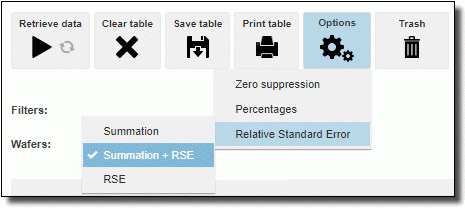The DataLab environment allows real time access to detailed microdata files from the Survey of Employee Earnings and Hours (EEH) through a portal to a secure ABS environment. The level of detail provided within the DataLab exceeds that previously provided in the Expanded CURF and provides researchers greater access to the data.
For more information about the DataLab, see the About the DataLab page.
The DataLab is an interactive data analysis solution available for users to run advanced statistical analyses, for example, multiple regressions and structural equation modelling. The DataLab environment contains recent versions of R, SAS, Stata and Python analytical software. Controls in the DataLab have been put in place to protect the identification of individuals and organisations. All output from DataLab sessions must be cleared by an ABS officer before it can be released.
Users intending to purchase DataLab for the use of EEH microdata should ensure that the data and the associated level of detail they require is available in this product. The data item list for the microdata file, including relevant population and classification details, can be found in the Excel spreadsheet available from the Data downloads section. This should be used in conjunction with the survey information provided in the methodology for the chosen cycle of analysis.
In addition to the microdata files, DataLab also contains a README file which outlines some of the technical considerations to take into account when performing analysis. This includes preferred methods for calculating key statistics and considerations for data output requirements. It is highly recommended that this document is accessed prior to performing your analysis to ensure data and comparability limitations are understood.
